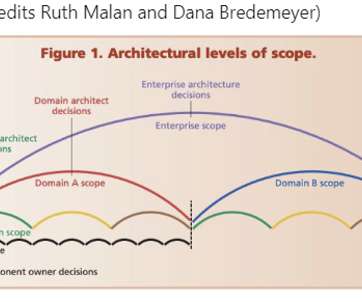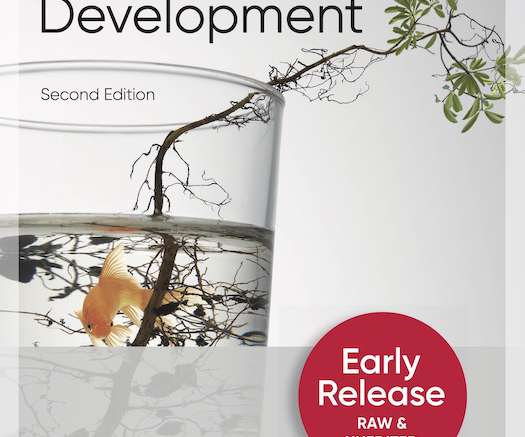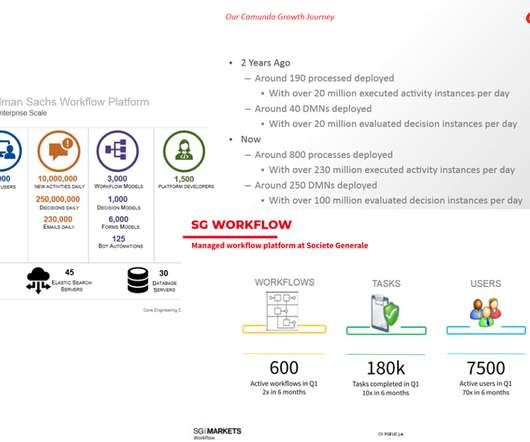Thoughts on organizing architecture
Xebia
AUGUST 3, 2021
The scope of a team often concerns a limited number of components, microservice or other functionalities. The decisions made on organizational level typically offer boundaries and guidelines towards the organization. As we move up to domain-oriented units, business lines and enterprises, we see an increase in the complexity.














Let's personalize your content